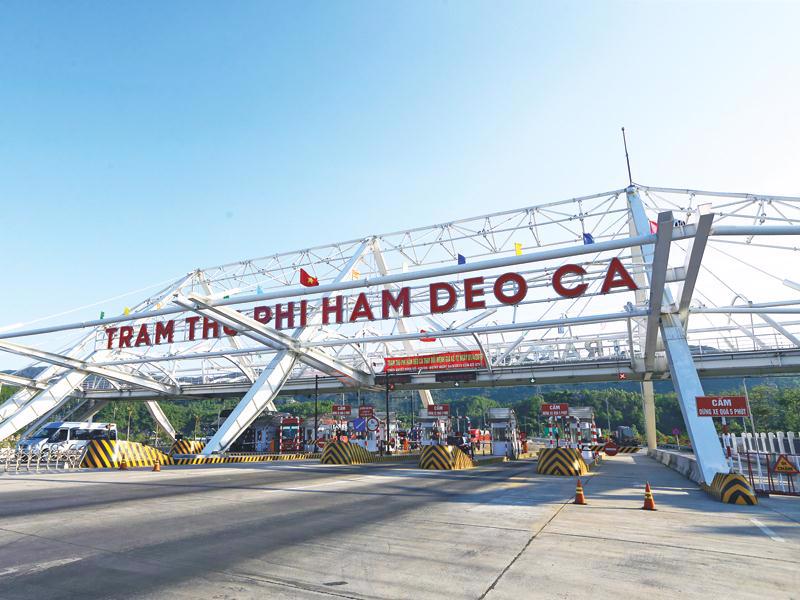INTERNATIONAL INVESTMENT
AND PORTAL
Farming in Vietnam is changing and has to change for many reasons. It must adapt to the effects of climate change, such as sea-level rise, extreme heat, flood, and drought risks. Agro-chemicals and straw burning lead to pollution, and drainage water from aquaculture ponds can be treated and re-used. Groundwater is often used unsustainably, so water-use efficiency has to improve. In addition, farmers’ incomes are often too low, and young people are migrating out to cities because they may have a better future there.
 Koos Neefjes - Director, Climate Sense Ltd.
Koos Neefjes - Director, Climate Sense Ltd.
A lot of agricultural production can improve in greenhouses for vegetables, flowers, and ornamental plants. You can control insects and therefore reduce or eliminate the use of insecticides, and you can reduce the amount of water consumed, harvest rainwater, and control drainage for treatment and reuse. Circular economy techniques are also easy to apply, including the composting of residues. Many of the techniques to increase production and product quality in agriculture or aquaculture require energy, including water pumping, lighting, aeration of aquaculture ponds, and storage of produce. Many flowers, fruits, and vegetables can benefit from protection from the harshest rainstorms, strong sunshine, and heatwaves. That is not just about mushrooms, orchids or coffee, which require shade, but also about all sorts of herbs and cucumber or squash.
My company, together with a non-governmental organisation and research institutes, has set up a 400-square-metre greenhouse on the farm of a Khmer family in Tri Ton district in the Mekong Delta province of An Giang. About 60 per cent of the roof is covered with solar panels, and light comes through spaces in the roof and through the sides. The family is growing different crops, which has demonstrated the advantages by comparing the crop inside with the same crop outside the greenhouse.
The investment was significant, but the combination of electricity generation and higher-value production increases the total benefits of this small plot of land. Our model could benefit many farming families, but it will require policy adjustments. Vietnam experienced a sharp rise in solar deployment in 2019 and 2020, including more than 100,000 solar rooftop systems. However, the current draft of the Power Development Plan VIII does not foster new solar development by 2030. In addition, Electricity of Vietnam (EVN) cannot utilise all power produced during sunny hours because the transmission grid capacity is limited, so some electricity is wasted. But this comes mainly from large solar power plants, not the small ones like ours. Most rooftop systems in Vietnam export to the grid instead of maximising their on-site power consumption. The profitable feed-in tariff (FiT), which was guaranteed for 20 years, encouraged exports to the grid instead of on-site consumption. The FiT expired at the end of 2020 and, currently, there are no FiTs for solar plants or rooftop systems. It is only possible to install off-grid systems with batteries, but this is very expensive and only profitable in cases such as with a great distance from the electricity grid and high on-site energy demand. Vietnam should issue a net-metering system that follows international practice, aiming at optimising the on-site consumption of power produced by rooftop systems. These should be grid-interconnected to not waste any electricity and avoid expensive batteries. Owners would off-set what they export to the grid against what they import from the grid and only pay the balance, as net consumers. This could replace the current complicated system of 100,000 rooftop systems that have to register and pay VAT for what they sell to EVN. Most rooftop solar owners would be net consumers of electricity and pay for that. Those exporting more to the grid than importing from it would either receive a payment or it would be forfeited. This would be administratively simple. The cost of solar is decreasing every year, and the advantages of a greenhouse for crop production are very significant. A farming family can also start with a few panels for home consumption and add more panels later. Each system would be an advantage for households as well as EVN, that would receive electricity for a cost below their retail price, without overburdening any part of the transmission system.
New solar regulations should enable rural enterprises and farming families to benefit while boosting productivity and product quality. It will increase rural incomes with modern tech and make it more attractive for people to stay in rural areas.
By Koos Neefjes



















